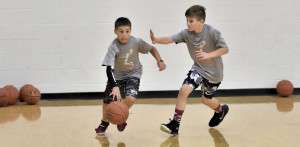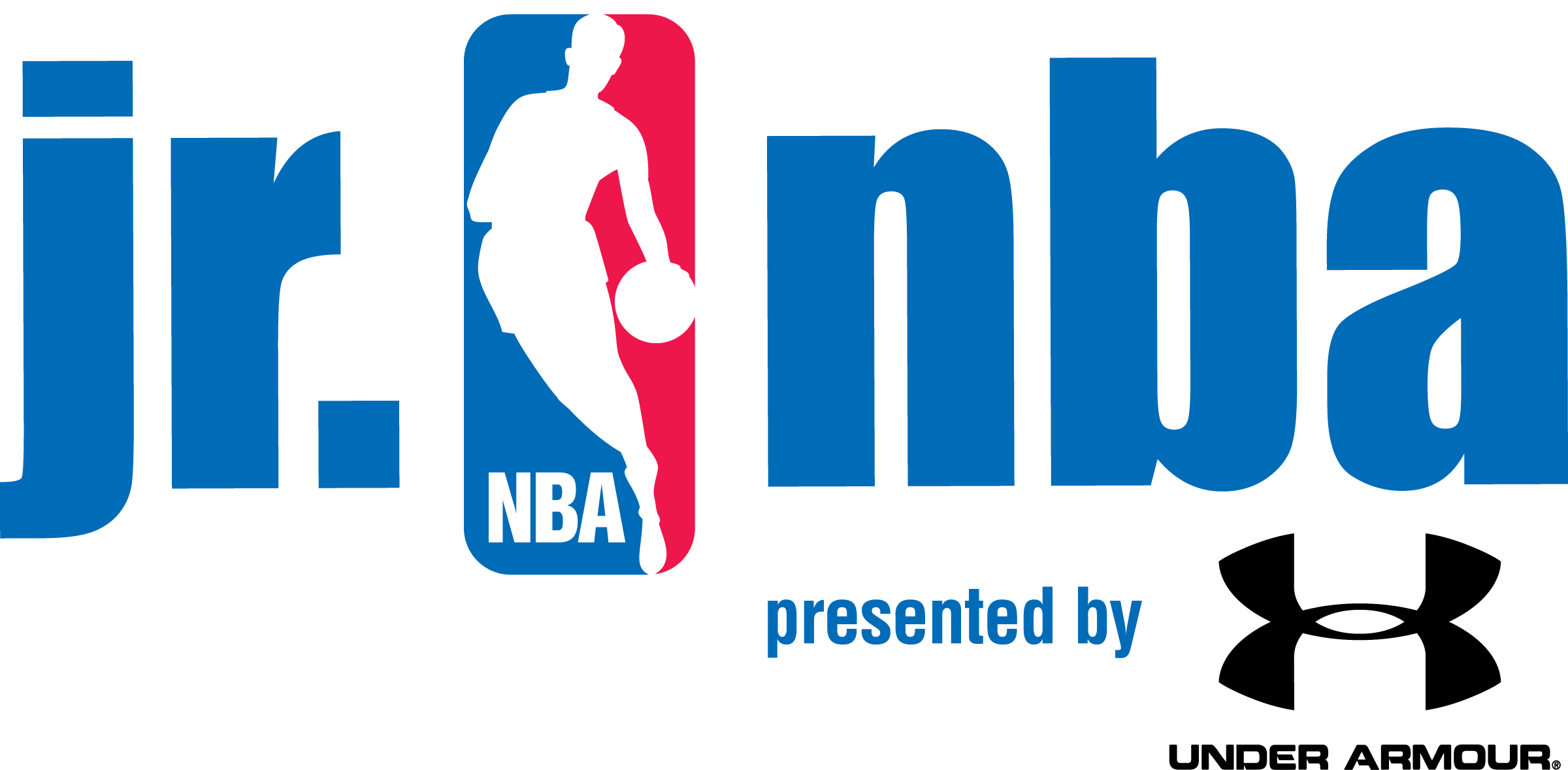
Basketball on the Edge – The Secret To Improvement That Can Take You From Good To Great!

Imagine the following scenario. Two players spend an hour each day during the summer in the gym. Both players put in the same amount of physical effort. Both players perform the exact same drills. Both players have the same amount of motivation and desire to improve. Despite this set of facts, by the end of the summer player one has improved significantly while player two has only made moderate gains. What might account for this difference in performance?
There is a secret to improved performance that separates the best players from the average players. What is the secret? Self-awareness and self-evaluation. The best players are constantly aware of what they are doing. They analyze their performance of a given skill and then think about how they can improve. I tell the players that we work with that they need to know not just the outcome (did I make or miss the shot) but also understand the process, in other words, where did the shot miss (long, short, left, or right) why did it miss (poor follow through, off balance, elbow out of alignment, etc.) and what adjustments do they need to make to avoid missing again. Great players do this in very specific terms. “That shot missed short, I need to raise my elbow to get a higher release point.” Or “I thumbed the ball on that one and that caused my shot to miss left.” Other players might just say, “I’m really off today, my shot won’t drop.” No specificity, no remedy for improvement.
Kyle Korver of the Cleveland Cavaliers is one of the greatest shooters in the history of basketball. Korver uses the following 20 point checklist to analyze his shooting mechanics.
1. Wide stance.
2. Exaggerated legs.
3. Drop through heels.
4. Engage core.
5. Slight bend at waist.
6. Up strong.
7. Elbow straight.
8. One hand.
9. Fingers spread.
10. Slight pause.
11. Elbow up.
12. Land forward.
13. See the top of the rim.
14. Ball on fingertips.
15. Strong shot.
16. Shoulders forward and relaxed.
17. Ball and arm risen straight.
18. Hold the follow through.
19. Keep the release point high.
20. On turns, square shoulders.
Here is a quote from Korver about how he uses the checklist to keep his shooting stroke locked in.
“As I’m shooting, I have this list in the back of my head, and I know I’m not doing one or two of them. Once I feel I get all 20 of them clicking, then I’m going to have natural rhythm in my shot.”
Do you think Korver is a better shooter because he studies his shot with this level of scrutiny? Of course he is! What Korver is really saying here is that he’s constantly aware of what his shot feels like and the fundamental skills required for him to shoot at a high level. When he is off, he analyzes what is going on and then makes corrections. This level of self-awareness is rare, but successful players constantly use this type of self-talk to drive improvement.
Think back to our example from the beginning of the post. Why did player one improve so much more? Player one was self-aware and continuously evaluated their own performance looking for ways to improve. Player two took the same number of shots with the same level of physical effort, but they never analyzed what they were doing. They “got shots up”, but didn’t have the same mental approach as player one. Player one understood what went wrong when they missed a shot and then attempted to correct that flaw on the next shot. Before you can fix something, you must understand why it was broken in the first place. Great players like Kyle Korver have a mental framework for what a particular skill should look and feel like. When something goes wrong, they are able to use that mental framework to help them decide what needs to be done to get them back on track.
I had a talk with my sixth grade boys’ team at practice yesterday about the need to be aware of what you are doing in practice. Are you listening? Are you working hard? Are you in the right position on defense? Why are you turning the ball over? Why are you getting so many rebounds? I want them to begin to understand the principles of self-awareness and self-evaluation. If you are just out on the court playing and not giving much real thought to what you are actually doing your road to improvement becomes much longer.
If you are the parent of a basketball player or a coach, help your player(s) become more self-aware by reminding them to think about what they are doing each moment during practice. If you are a coach, stop practice in the middle of a drill and remind them to be aware of not just the outcome of the drill, but also the process. Provide examples of the type of self-talk that improves performance, “I got that rebound because I boxed out with two points of contact and then I aggressively pursued the ball.” “I stopped my man from driving because I closed out on balance.” “I turned the ball over because I didn’t jump stop, ran over my defender, and got called for a charge.” Then ask players what they could have done differently that might have resulted in a different outcome. This is how learning happens and these are the types of small learning moments that are lost over the course of a drill, a practice, a game, and a season.
Look for opportunities to be more self-aware on and off the court. By using that awareness to self-evaluate you’ll stretch yourself to grow into a better player and more importantly, a better person.
Leave us a comment about this post headstartbasketball@usa.net


